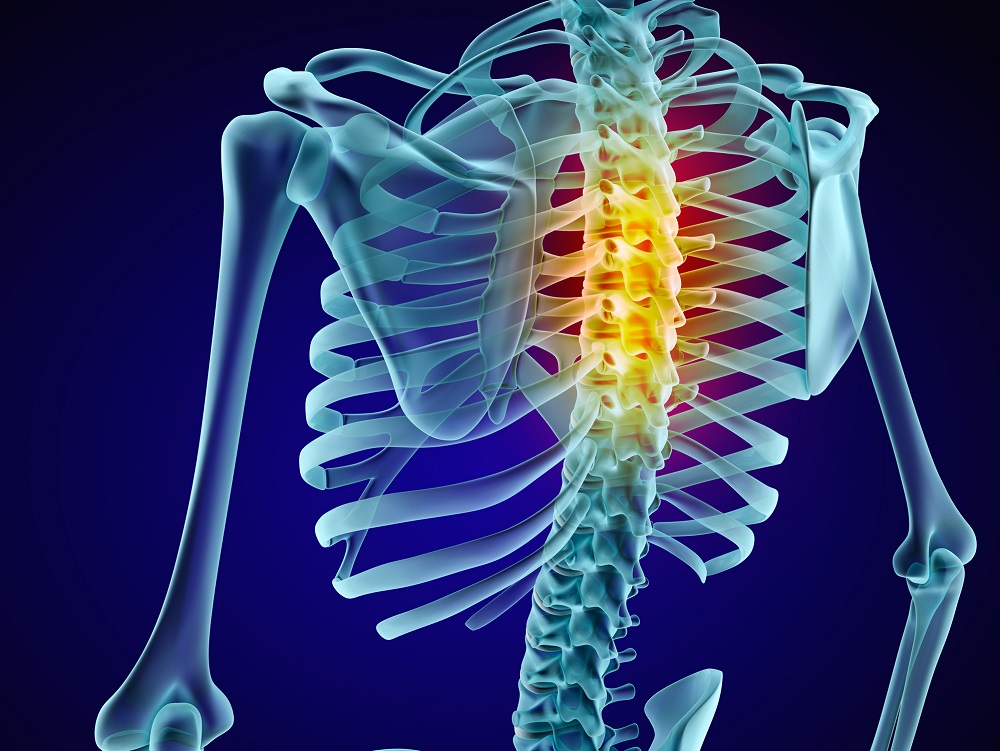
The back pain resulting from spinal degeneration can get so bad that even simple movements become major ordeals. Participating in family outings can be a chore, even bending to tie your shoes may be off-limits. When you start changing your day to day life to adapt to debilitating back pain, it’s time to seek treatment.
Traditional treatments focus on reducing painful symptoms, but many patients are looking to stem cell treatment to not just stop further degeneration, but also to restore healthy tissue (cartilage) in your spinal discs. Stem cell research continues to validate the use of stem cells for treating a variety of health issues, and musculoskeletal problems are one of the main areas of focus.
The use of regenerative medicine (either platelet-rich plasma or stem cell treatment) for treating painful musculoskeletal conditions continues to gain traction. Ongoing clinical trials are looking at what works and what doesn’t, and if there might be any long-term drawbacks to treatment. Here’s what you need to know to make an informed decision about any treatments that are not currently approved by the FDA.
Our spine ages just like everything else in the human body. After years of continued physical activity, cumulative trauma, weight gain, and even smoking, can cause cartilage in spinal discs to degenerate rapidly. Symptoms of spine degeneration include pain that is often made worse by movement, and numbness, tingling or weakness in your legs or arms.
Once damage has begun, it can extend to other discs, too. The spine is an intricately designed support structure, so when one area breaks down it can affect the whole thing. Current treatments are not curative – painkillers and spinal fusion surgery both have limits and drawbacks. Most significantly, none of these currently approved treatments stops the progress of spine degeneration or heals or restores the discs.
Stem cells make up the building blocks of our organs and vessels. All parts of our body started out as stem cells. These non-differentiated cells have the ability to replicate repeatedly and to morph into specialized types of cells.
Stem cells that are found in our adult bodies (as opposed to embryonic stem cells) are multipotent. This means they can transform into a number of different types of cells in specific organs or areas of the body. It’s important to note that our stem cells also change as we age.
The hope is that adult stem cells once placed into the spinal disc will transform themselves into functioning cartilage. This means fresh cells, restored discs, and a cure for the degenerative disease. When injected into areas that have been ravaged by injury or degeneration, they present an opportunity for new cell and tissue growth.
There are available stem cell treatments today but it’s important that you ask questions about possible side effects, or about whether or not your particular procedure has been approved by the FDA. Here are some questions you may want to ask:
Because this is a new procedure, there are not many long-term studies about the possible long-term complications associated with receiving stem cell injections in the spinal discs.
PRP or platelet-rich plasma therapy has been successfully used for patients with spine degeneration. Like with stem cell therapy, the patient’s own cells (blood cells in this case) are sampled, treated, and then injected into the area that needs treatment. The platelets contain growth factors that can promote healing and reduce inflammation. Like any new therapy, ask about whether the procedure is “off label”, meaning it is done outside of officially approved treatments, and what that means for you.
One thing is clear: there’s no one-size-fits-all approach to diagnosing chronic pain. Pain Specialists of Austin offers a comprehensive approach to diagnosis and treatment. If you have any type of pain, call (855) 876-7246 for an appointment today. We have 10 convenient locations in the Austin, Texas area, and you can also request an appointment online.